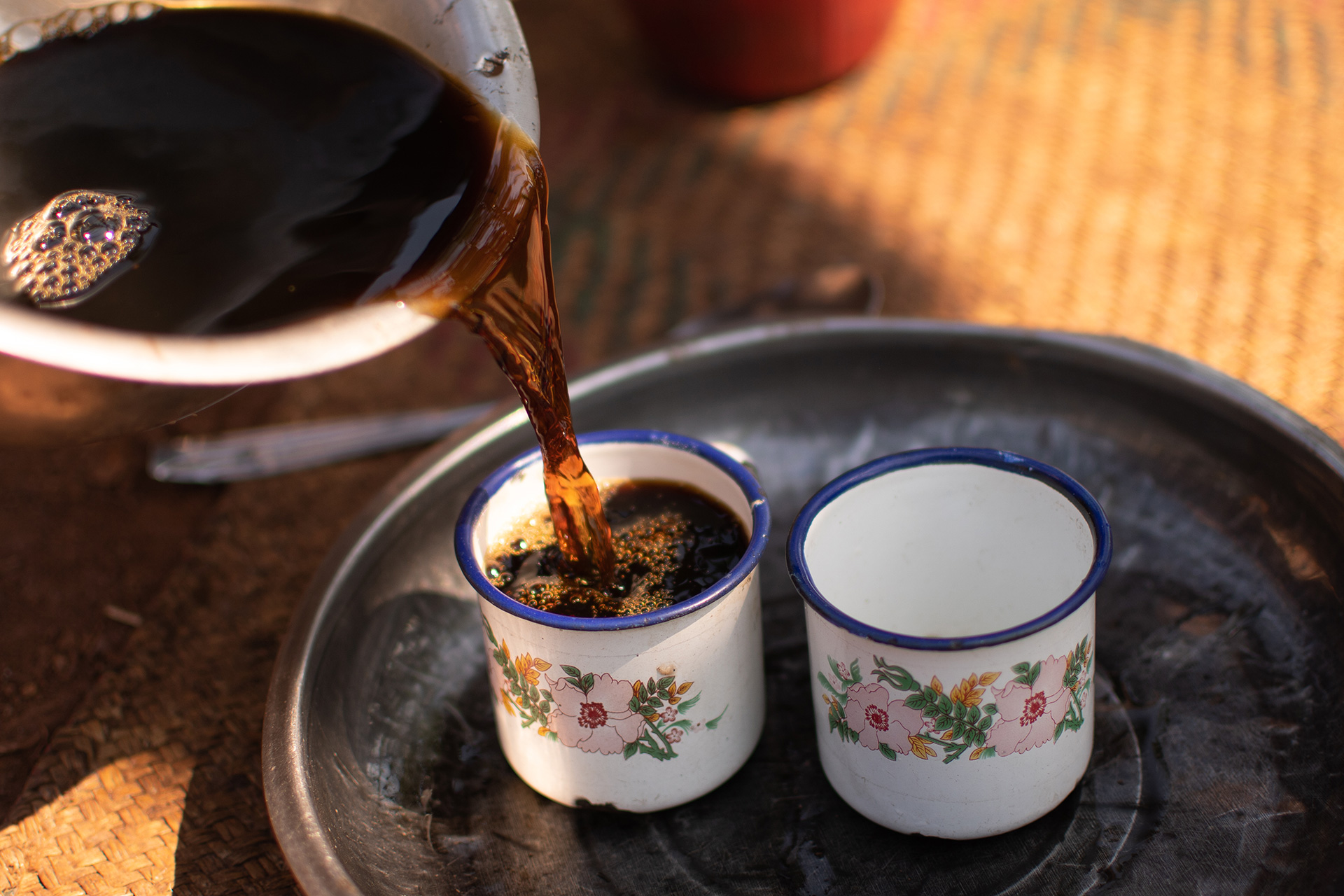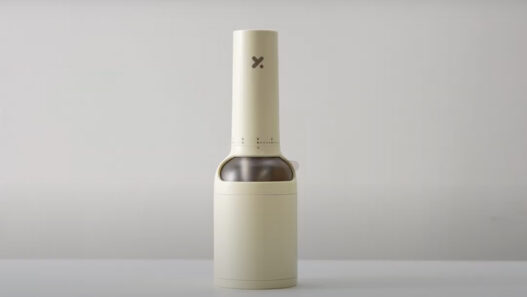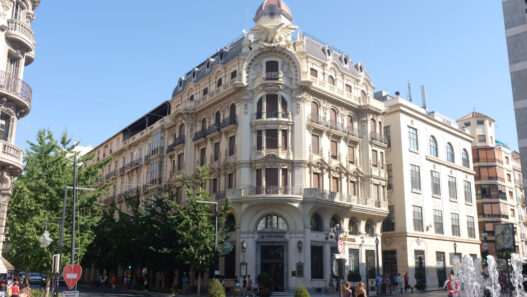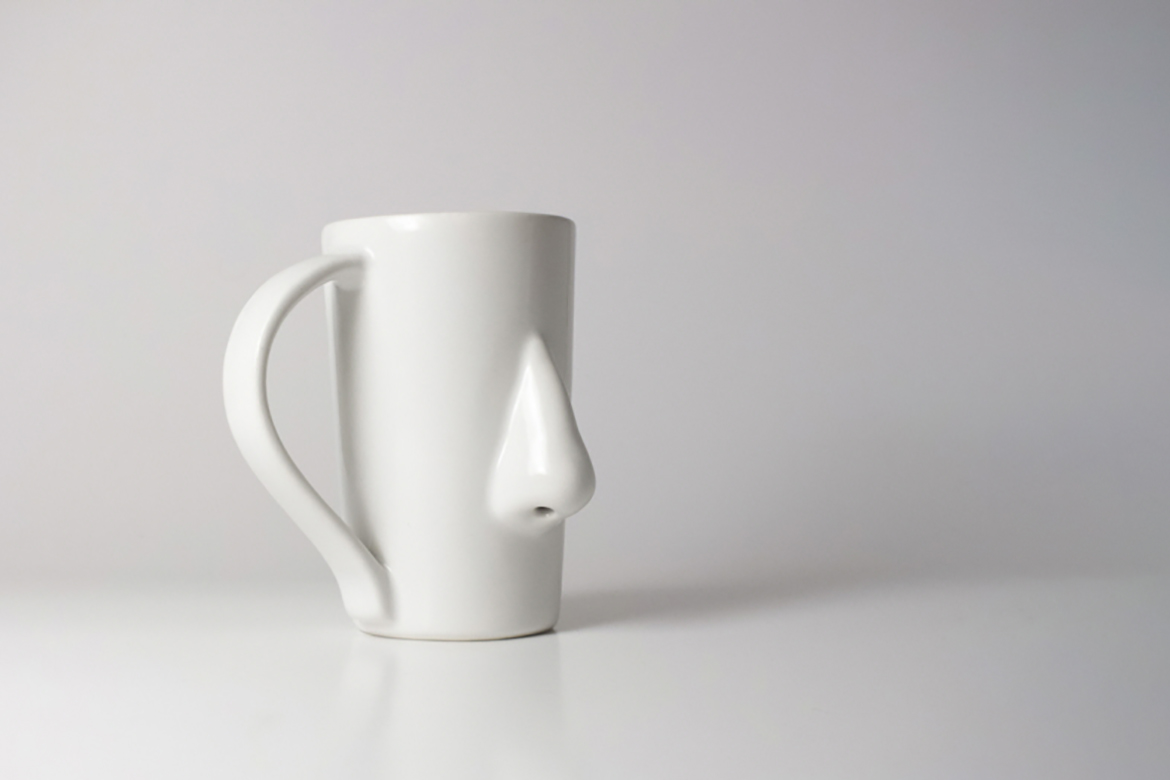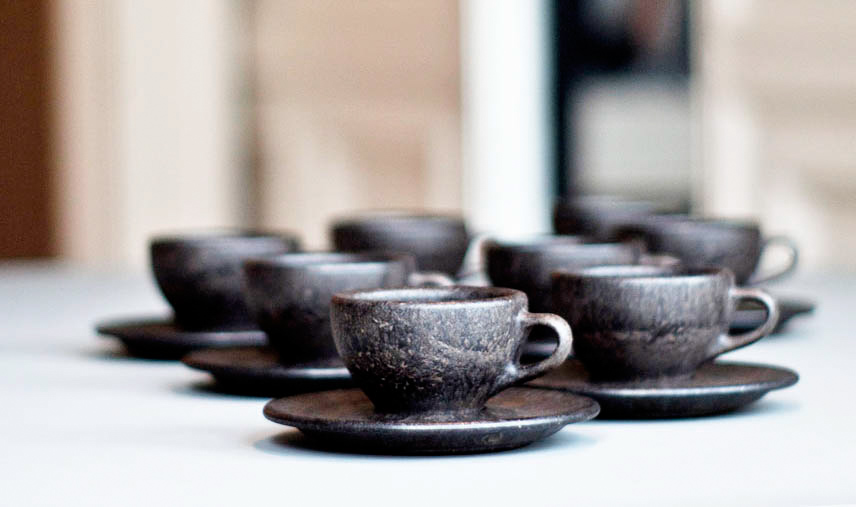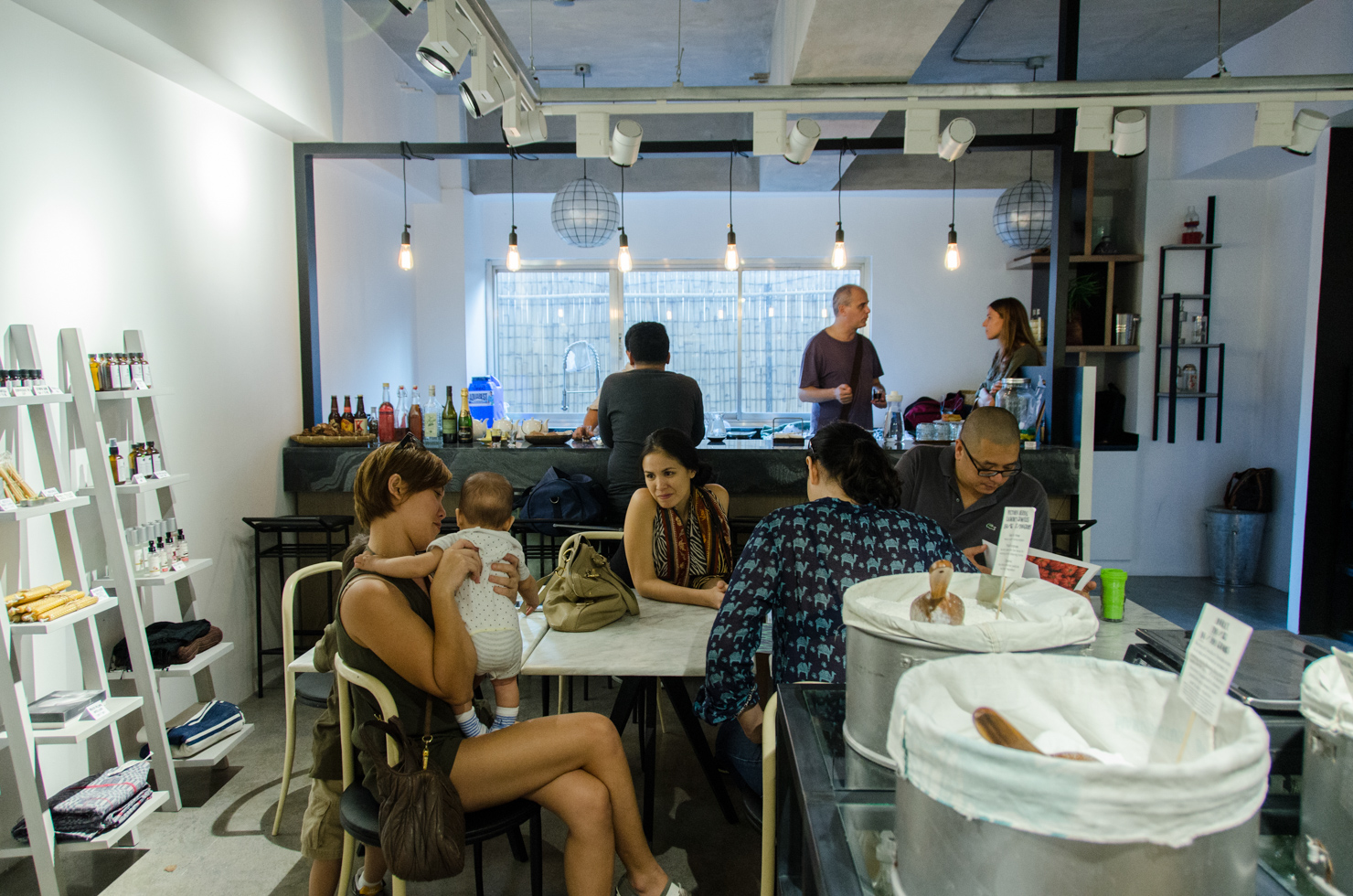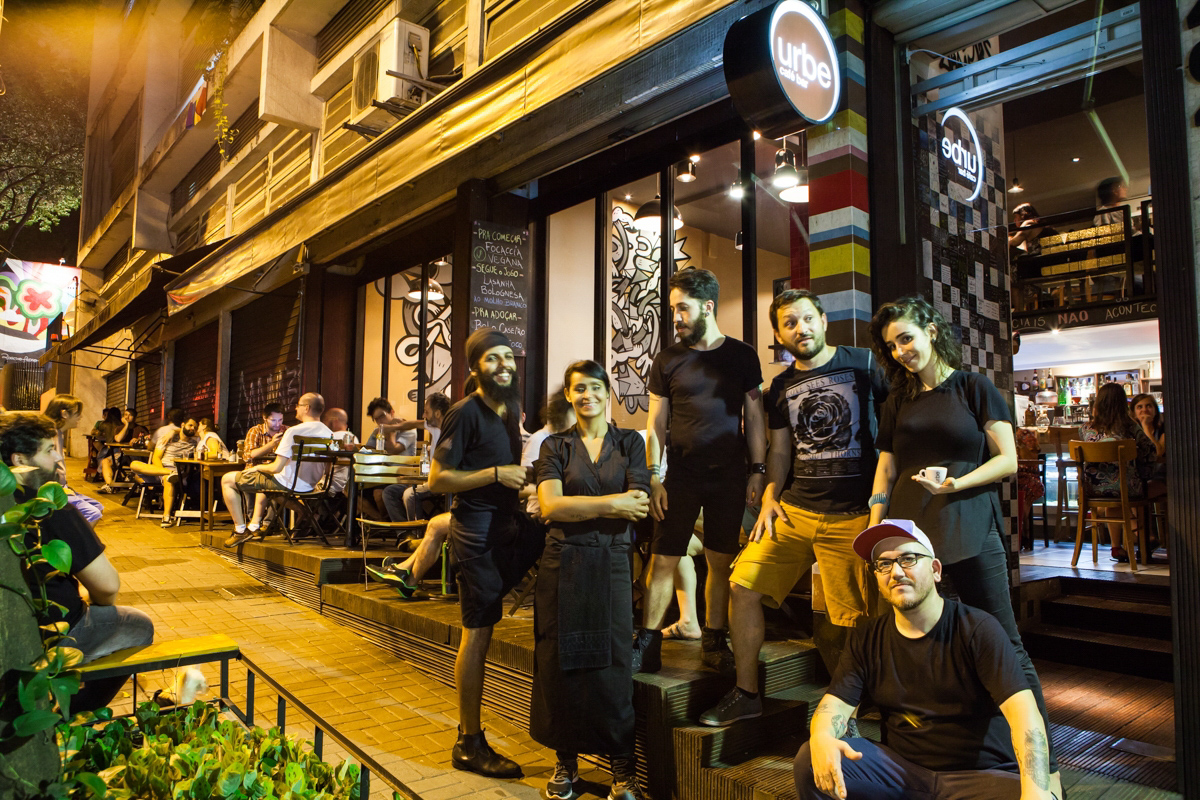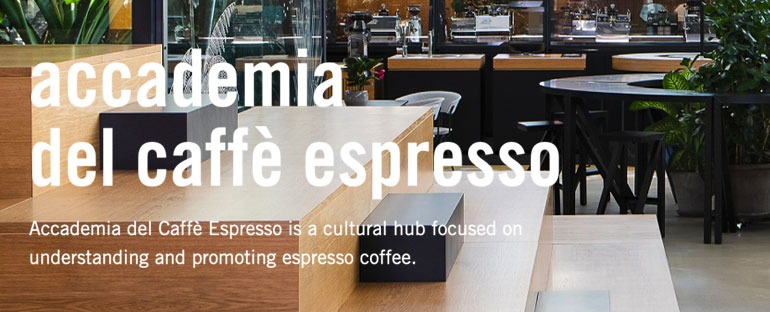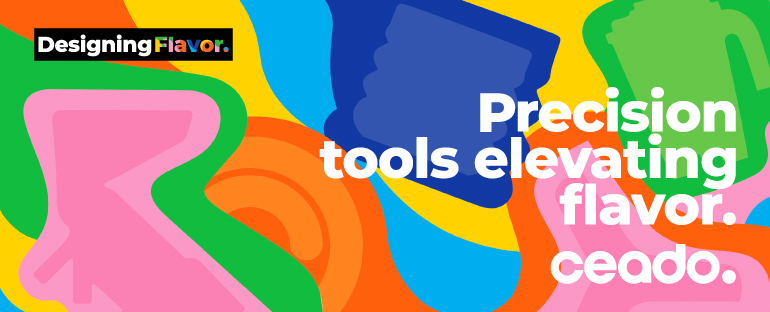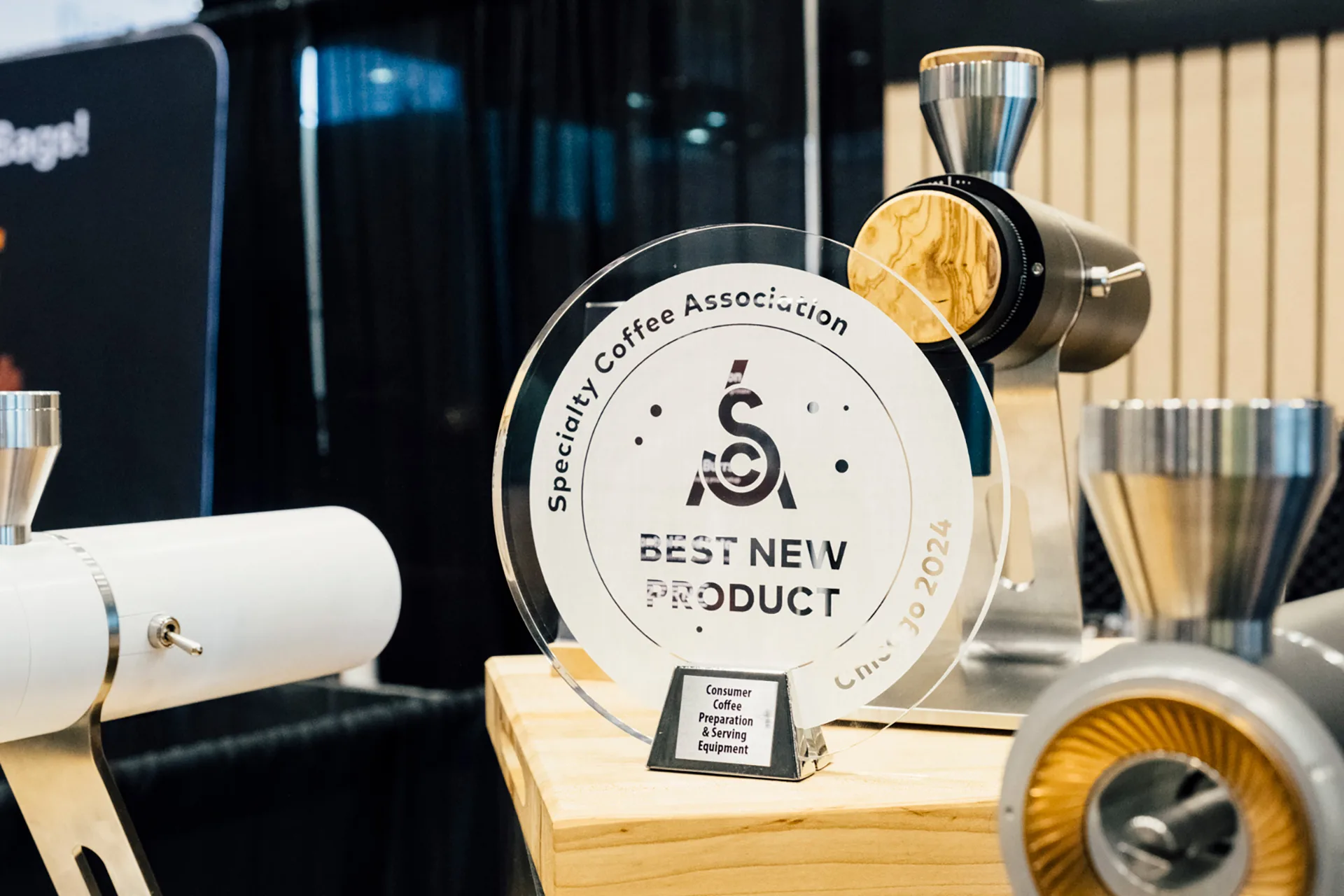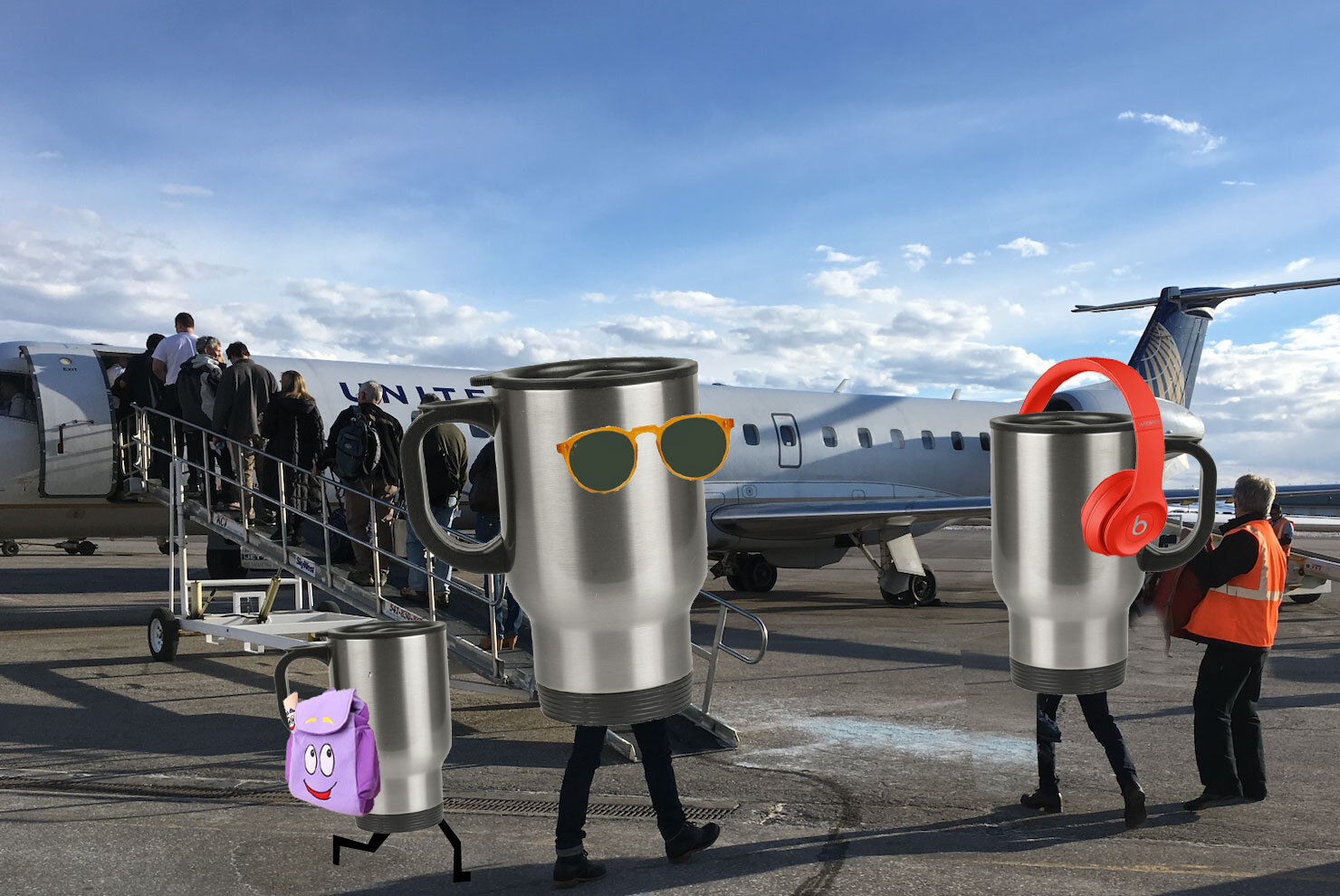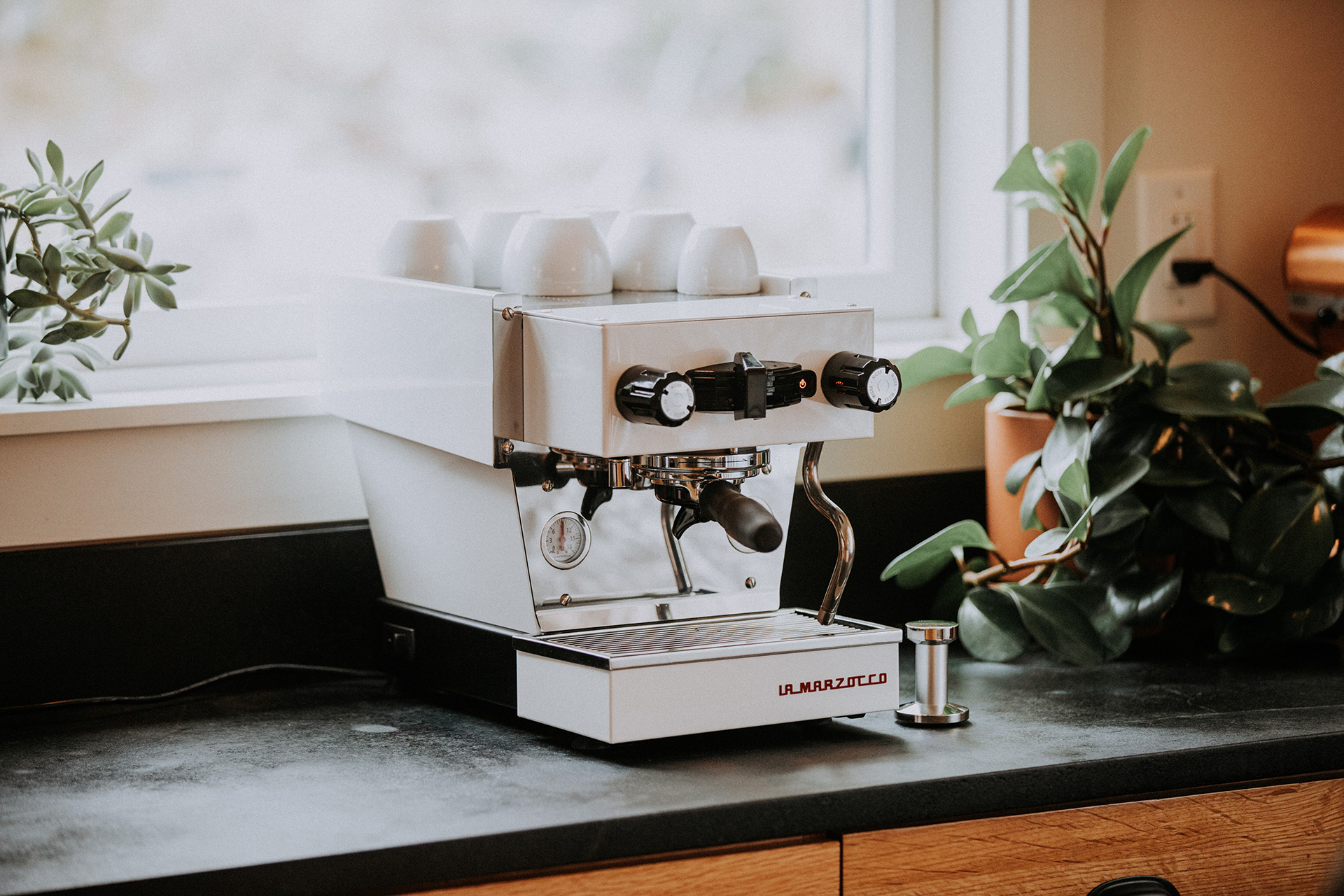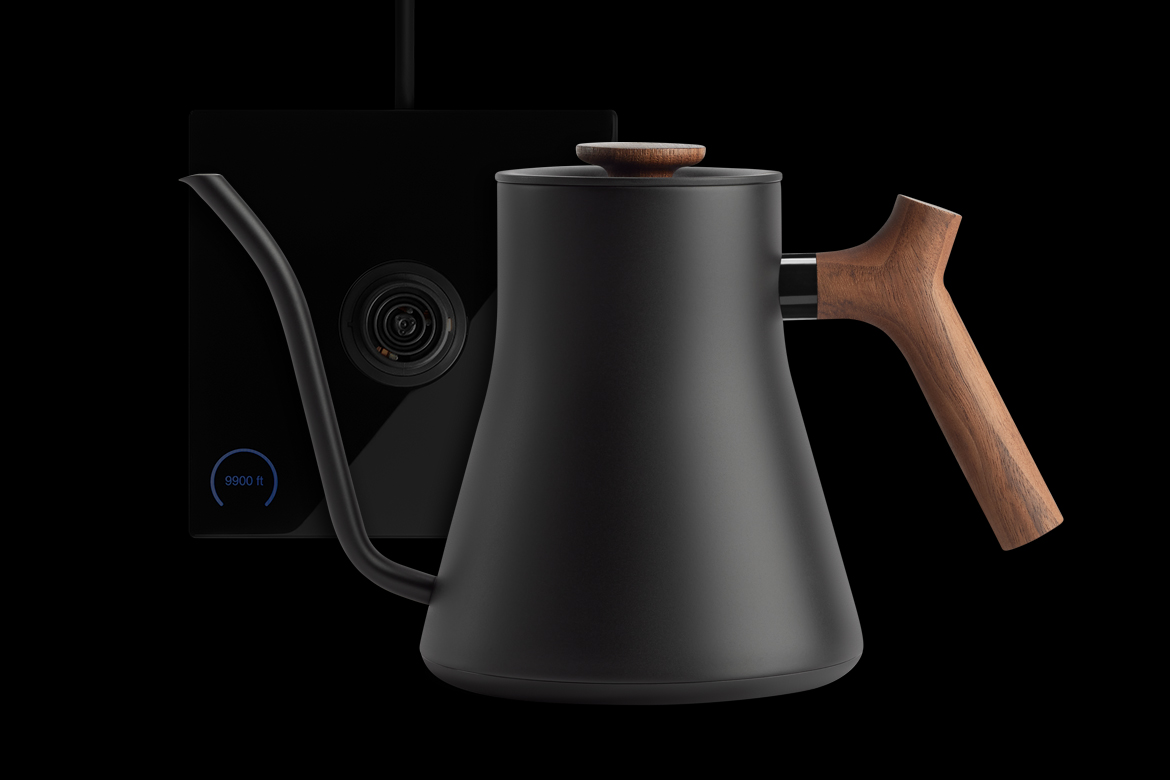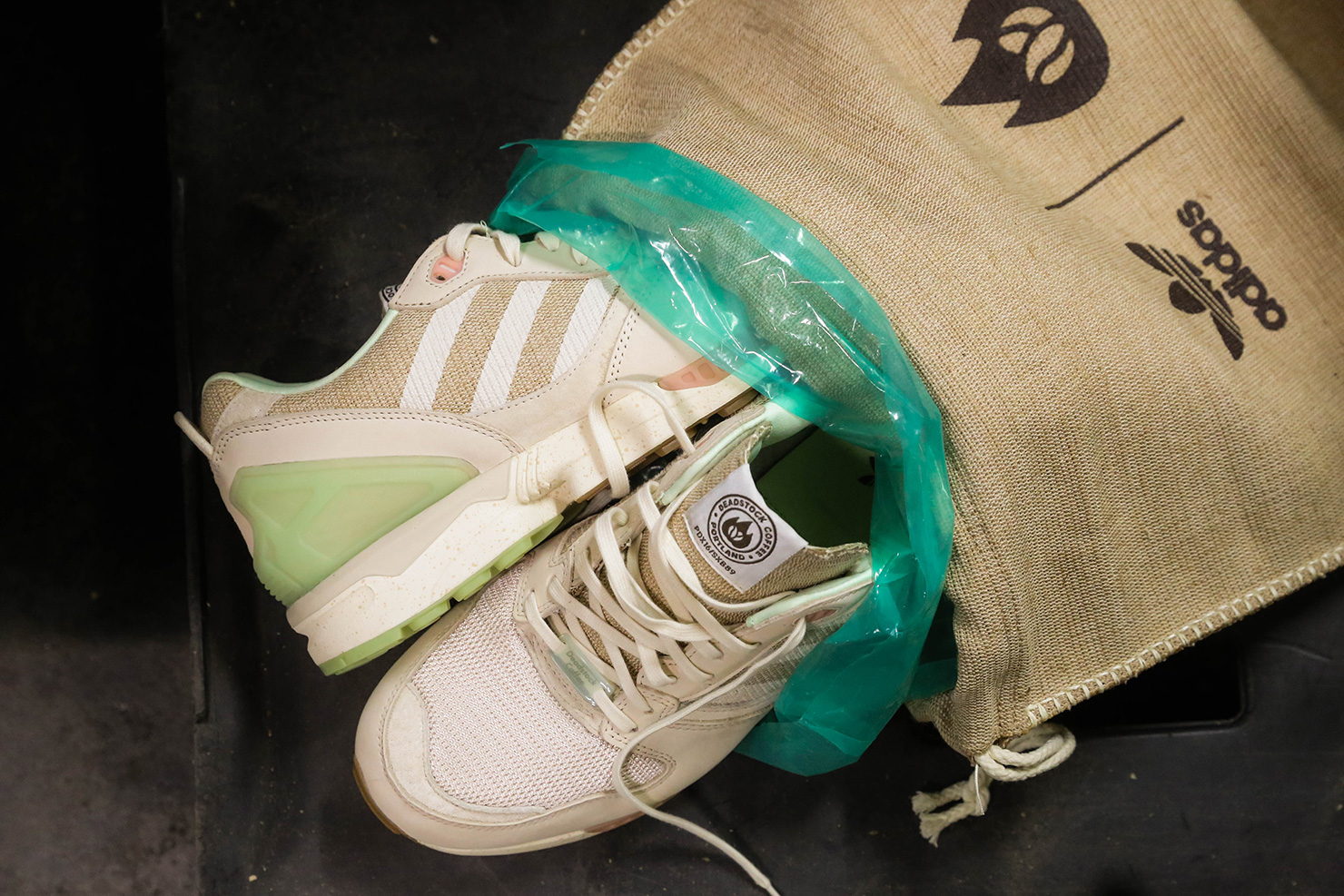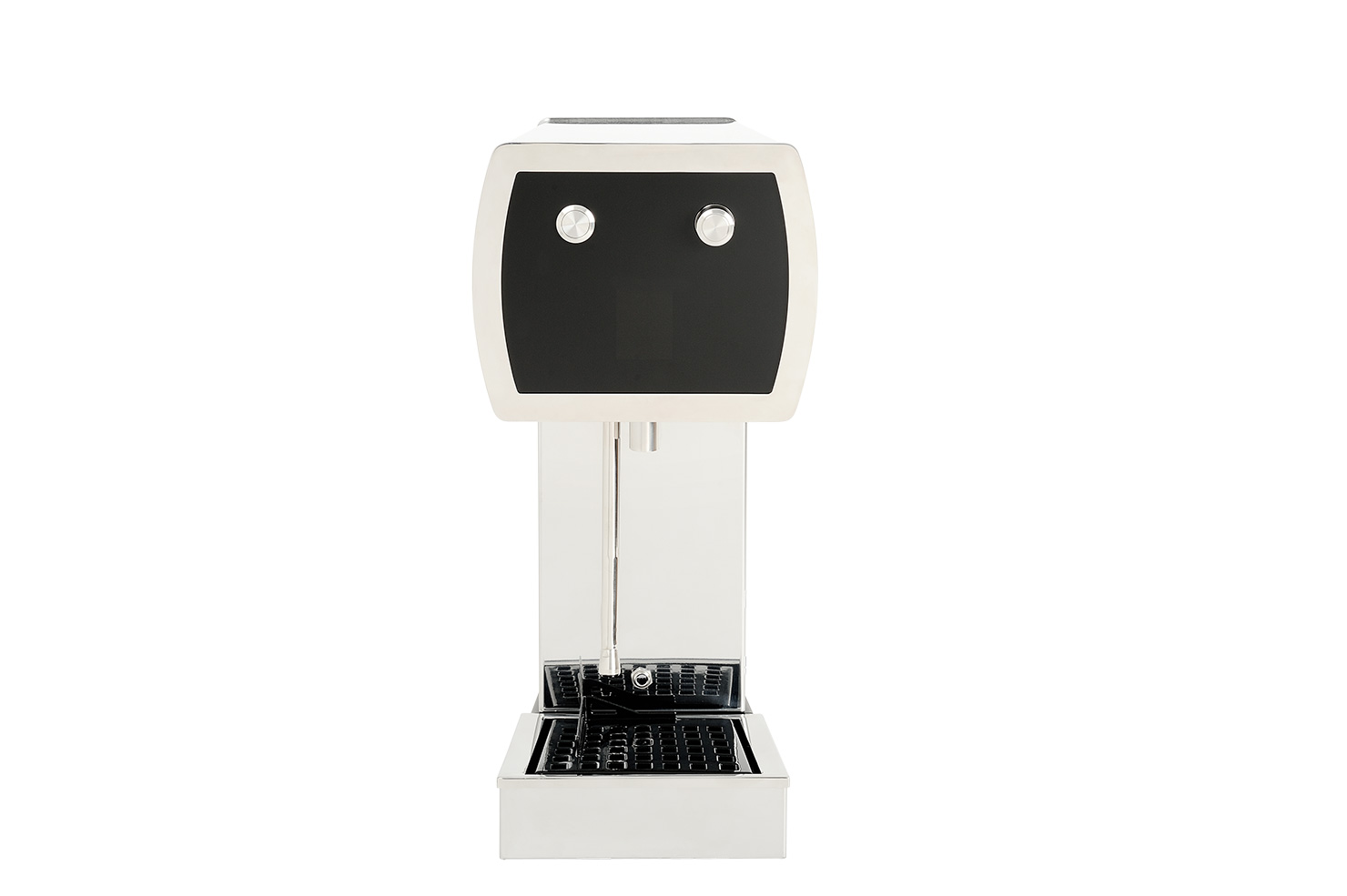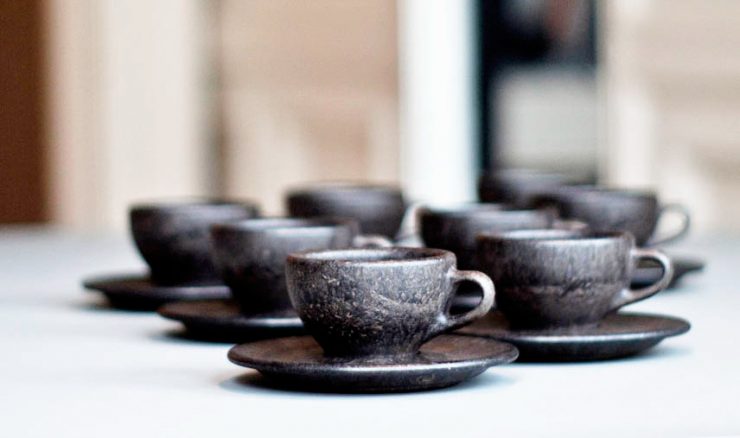
Climate change, with its rising temperatures and new rainfall patterns, could limit the areas where Arabica coffee plants can be grown in the next 50 years, researchers say. At the same time, global coffee consumption is at a very high level and with it comes more coffee waste. Other industries beyond retail cafes also recognize the qualities the coffee plant has to offer, and are using coffee grounds in agricultural production; grounds can also be formed into biomass pellets to create a clean form of energy, or even be used to power homes because of their ability to store methane. Along these sustainable lines, a small startup in Berlin is now creating coffee cups and saucers from used coffee grounds, and they call it Kaffeeform.
Julian Lechner, an industrial design graduate, started experimenting with coffee grounds that he picked up at public bars during his studies in Bolzano, Italy. It took him about four years to find the formula that now is Kaffeeform. The idea behind the invention is clear: recycling existing resources like coffee that are limited and would be otherwise carelessly discarded. One cup and saucer can be made from the waste of six consumed cups of espresso.
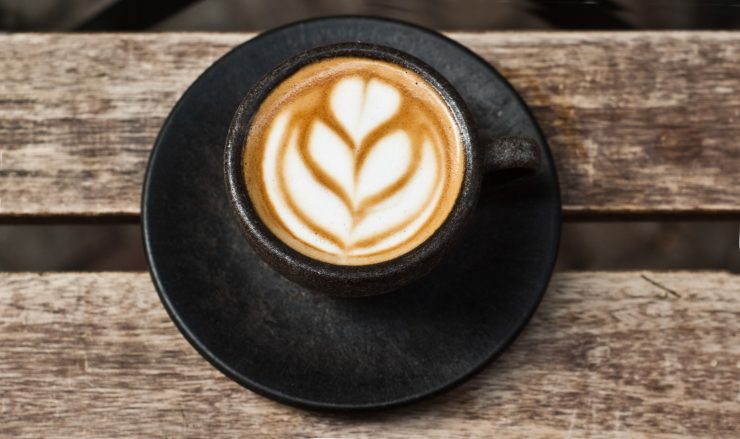
To make his wares durable and dishwasher-friendly, Lechner had to find the right material balance of plant fibers, coffee grounds, wood grains, and biopolymers. The result is a recyclable product that is made from renewable resources only. Forty percent of the material compound is made from the used coffee grounds they collect from local coffee shops; five to six kilograms every day. The coffee grounds need to be dried before starting the material production, otherwise the grounds would get moldy. The production runs in a small factory building where all the fibers, wood grains, and biopolymers are added in the right combination. Under heat, the matter is then transferred into molds that form cups and saucers, even retaining a nice smell of coffee.
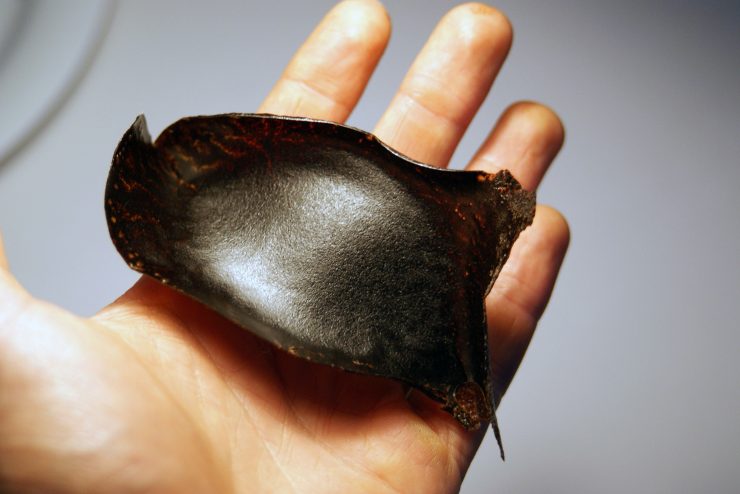
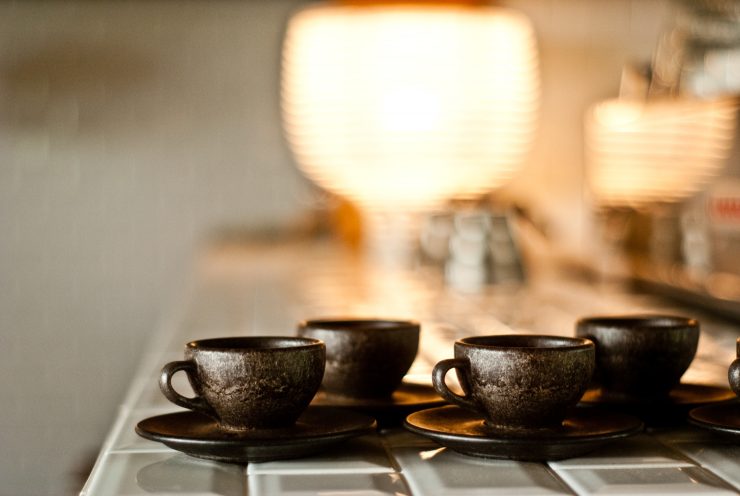
The design of the cup and saucer is a classic one; Lechner wanted the material to speak rather than the design. The existing cup is for a double espresso or a macchiato, if you are a fan of milk. But with the growing success, plans for a cappuccino cup or larger sizes like mugs are in the making.
First introduced at this year’s Amsterdam Coffee Festival in May, the cup and saucer are making its way to people for home use or as a gift, and to design shops and museums all over Europe. As of right now Kaffeeform is available in Berlin at Hallesches Haus and Foundry. Outside of Germany you can buy Kaffeeform at Astrup Fearnley Museum Shop and Nobel Peace Center in Oslo, at Pokahornid in Reykjavík, Sampa Coffee in London, at artéfact in Paris, at the design store Superflu in Liège, and matter of material in Amsterdam.
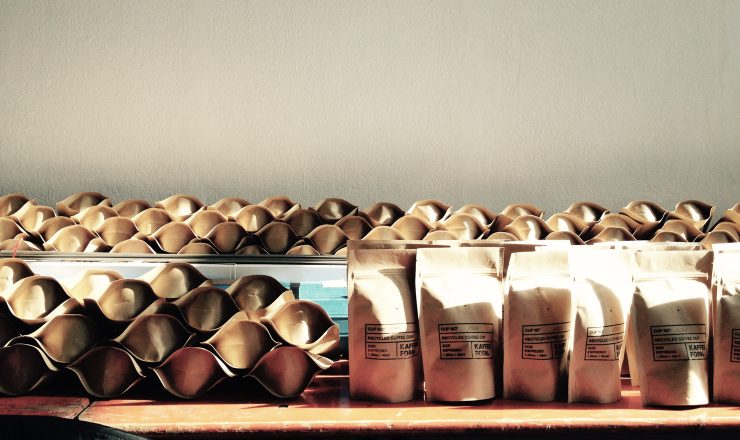
Lechner and his team have just started talking to coffee shops and restaurants to spread the word about coffee recycling and bringing a new experience and vision to the public. “Because of its lightweight design and isolation qualities, it could be a great option for caterers in the future as well,” says Lechner.
As we become more sustainability minded, it’s an interesting idea: going to your favorite espresso bar and having your daily dose of caffeine made from what could be the cup of your coffee drink tomorrow.
Melanie Böhme is a freelance journalist based in Frankfurt, Germany. Read more Melanie Böhme on Sprudge.
All photos courtesy of Kaffeeform.



